Steven Kessler - The 5 Personality Patterns: Your Guide to Understanding Yourself and Others and Developing Emotional Maturity
Here you can read online Steven Kessler - The 5 Personality Patterns: Your Guide to Understanding Yourself and Others and Developing Emotional Maturity full text of the book (entire story) in english for free. Download pdf and epub, get meaning, cover and reviews about this ebook. year: 2016, publisher: Bodhi Tree Press, genre: Science. Description of the work, (preface) as well as reviews are available. Best literature library LitArk.com created for fans of good reading and offers a wide selection of genres:
Romance novel
Science fiction
Adventure
Detective
Science
History
Home and family
Prose
Art
Politics
Computer
Non-fiction
Religion
Business
Children
Humor
Choose a favorite category and find really read worthwhile books. Enjoy immersion in the world of imagination, feel the emotions of the characters or learn something new for yourself, make an fascinating discovery.
- Book:The 5 Personality Patterns: Your Guide to Understanding Yourself and Others and Developing Emotional Maturity
- Author:
- Publisher:Bodhi Tree Press
- Genre:
- Year:2016
- Rating:5 / 5
- Favourites:Add to favourites
- Your mark:
The 5 Personality Patterns: Your Guide to Understanding Yourself and Others and Developing Emotional Maturity: summary, description and annotation
We offer to read an annotation, description, summary or preface (depends on what the author of the book "The 5 Personality Patterns: Your Guide to Understanding Yourself and Others and Developing Emotional Maturity" wrote himself). If you haven't found the necessary information about the book — write in the comments, we will try to find it.
This bestselling book marks a major advance in the psychology of personality. Suddenly, you can see whats going on inside people: you can see what motivates and matters to them and how to influence and communicate with them successfully. Finally, you have a simple, clear, true-to-life map of personality that gives you the key to understanding people and interacting with them successfully.The 5 Personality Patternsis a book that can change your life.
This is one of the most useful popular psychology books I have ever seen. . . . It should become a classic.
--- Stephen M. Johnson, author of Character Styles and Characterological Transformation
Much of our human suffering is not necessary. It is created by old safety strategies that helped us survive our childhood traumas, but then got stuck in our bodies. Reinforced by the power of habit, they continue to shape our actions and personality even today. They have become an invisible prison. We live our lives trapped in that prison, repeating the same mistakes over and over again.
As we attempt to understand the psychology of success and become successful ourselves, studying the habits of successful people is not enough. To create real self transformation, we must dissolve the obstacles to success buried within us. To reclaim our power and regain control of our lives, we must uncover the old safety strategies and patterns that still run our lives so that we can heal and transform them.
Often, these patterns have shaped us so deeply that we think thats who we are. But in fact, they cover up our true self and prevent it from shining out into the world. Finally, we have a map of these patterns, a map that will help you:
- Discover how you got stuck and how to get free
- Heal your core wounds
- Learn the skills you missed
- Communicate effectively with others
- Develop emotional maturity
Many readers seeking self improvement have discovered that this map of personality is even more helpful to them than the Enneagram and Myers-Briggs personality types, because those maps focus on the surface of the body, on your behaviors, while this map starts with the core of the body and how the flow of your life energy got distorted. And that distortion of the flow of life energy through the body is at the root of much of the suffering and conflict we experience in interpersonal relationships. Understanding those differences will dramatically increase your empathy, compassion, and people skills. Understanding how to bridge those differences will dramatically increase your interpersonal communication skills.
Steven Kessler: author's other books
Who wrote The 5 Personality Patterns: Your Guide to Understanding Yourself and Others and Developing Emotional Maturity? Find out the surname, the name of the author of the book and a list of all author's works by series.

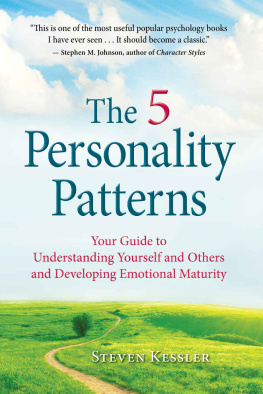

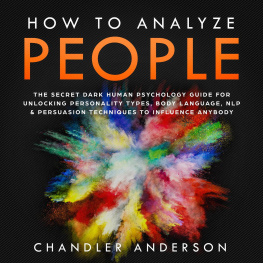

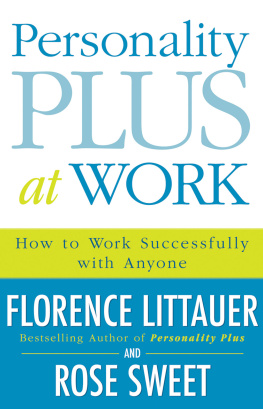
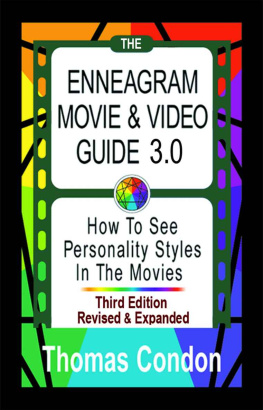
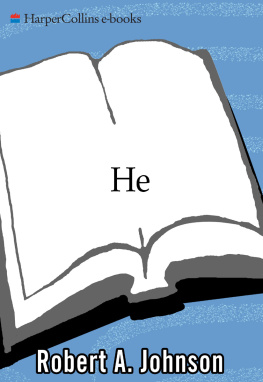
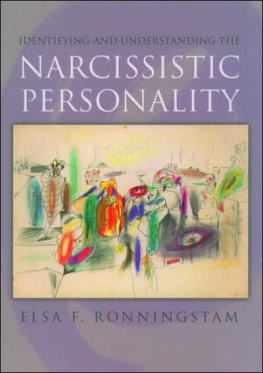

 Bodhi Tree Press
Bodhi Tree Press